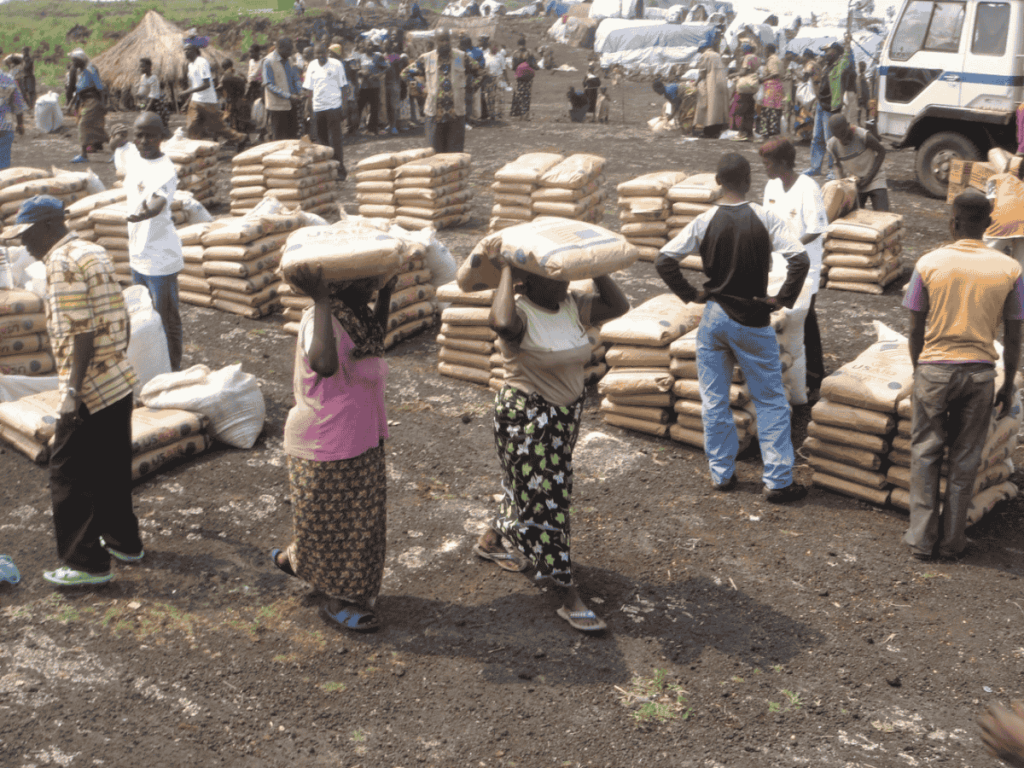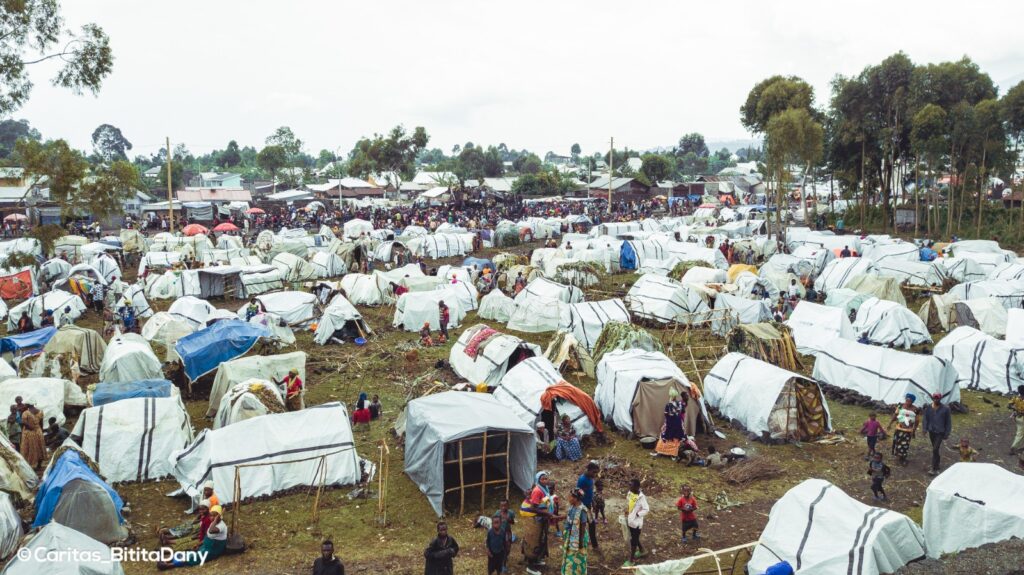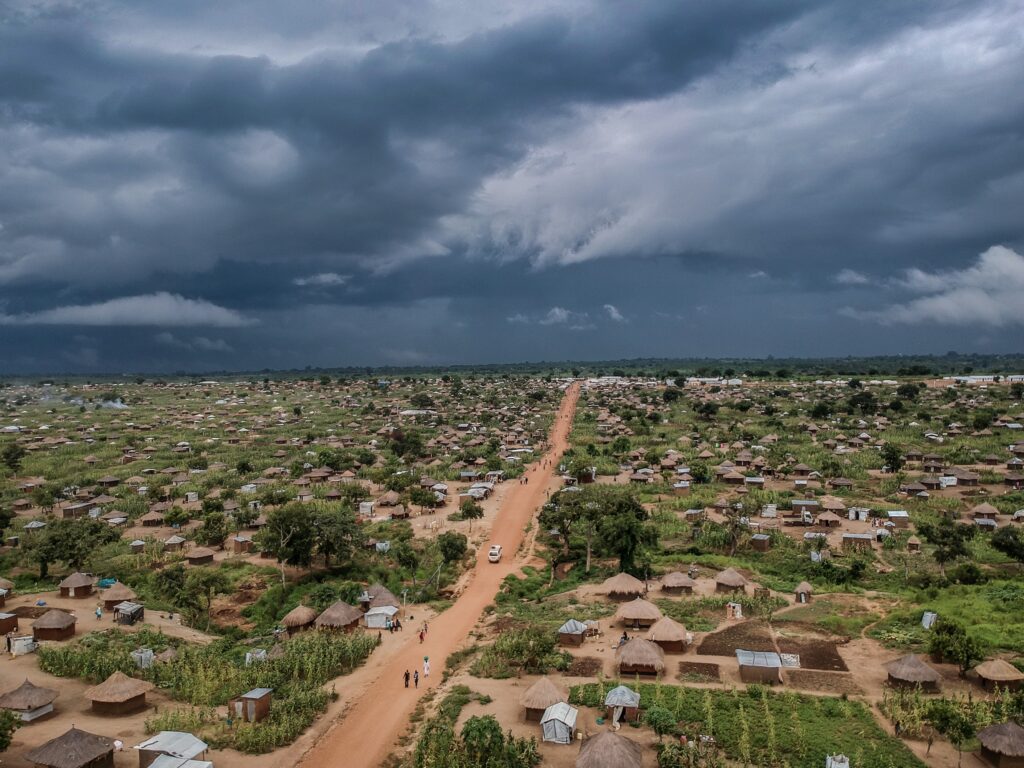Congo – the regional ripple effects

The fighting in eastern Congo has created a humanitarian disaster. The loss of US aid funding is exacerbating the crisis. How will this affect Congo's neighbors?
After fierce fighting, it is now clear that the Congolese army has lost the battle for Goma. The M23 guerrilla force, according to the UN with support from Rwandan soldiers, has captured the city and taken control of the strategically important area in eastern Congo.
The fighting has received a great deal of media coverage and the humanitarian consequences of the war in North and South Kivu are relatively well documented. Much less attention has been paid to the possible spillover effects of the war in the wider region.
The war can already be said to be multi-state, as there is little doubt that M23 is working closely with Rwanda, although Rwandan President Paul Kagame claims he does not know whether his soldiers are in Congo. The fear is that more countries will be involved in the conflict. The absolute nightmare scenario is a situation where Congo becomes a battlefield for forces from a number of African countries, as in the Second Congolese War (1998-2003), where more than 5.4 million people lost their lives. The UN has warned against this happening, while others, such as NUPI researcher Morten Bøås, believe this is not likely now.

Refugee response at breaking point
A more immediate challenge is the refugee influx that neighboring countries are now bracing themselves to meet. So far, it has not manifested itself and the number of asylum seekers from the Democratic Republic of Congo is at normal levels in most neighboring countries.
Uganda is one of the countries where the situation is being followed very closely. The country has had a particularly generous refugee policy for several years and has accepted large numbers of refugees. Not least from the war in South Sudan, and now in Sudan. According to the figures from January, most refugees still come from South Sudan (1,656), but Congo is second (1,591).
That could change quickly. Well over seven hundred thousand people have been displaced by the fighting in Kivu in 2024. This comes on top of more than seven million internally displaced people in Congo.
No other country in Africa has hosted as many refugees as Uganda. 1.7 million refugees have found refuge in the country. It is commendable, but it is challenging to be as generous as the Ugandans have been. There are occasional frictions between refugees and the local population, and outbreaks of cholera, smallpox, Ebola and other diseases in the refugee settlements are a concern.

US freezes aid when it is needed most
At the same time, support from the international community is failing, and the money required to sustain the response is not enough. The US aid freeze is hitting Uganda hard.
In 2024 , the United States contributed $471 million in development assistance and $182 million in humanitarian assistance to Uganda alone. The full consequences of this sudden disappearance of support will become apparent over time, but they are undoubtedly large and serious.
If the humanitarian crisis in Eastern Congo is to be addressed, it is clear that other countries must contribute more now that the Americans are out of the picture for the foreseeable future. However, it is important not to forget neighboring countries. It is absolutely necessary to increase support for those countries in the region that provide shelter and protection to people fleeing the fighting.
Not least, Norwegian and Western politicians who believe that one "should help people where they are" should now know their visiting hours. "They" are in Uganda, and other countries in the region, and both the refugees and the local population "there" need help. In the work on the revised national budget that is now underway, the allocations for refugees, displaced persons and host communities must be placed high on the agenda. The allocations must be increased.